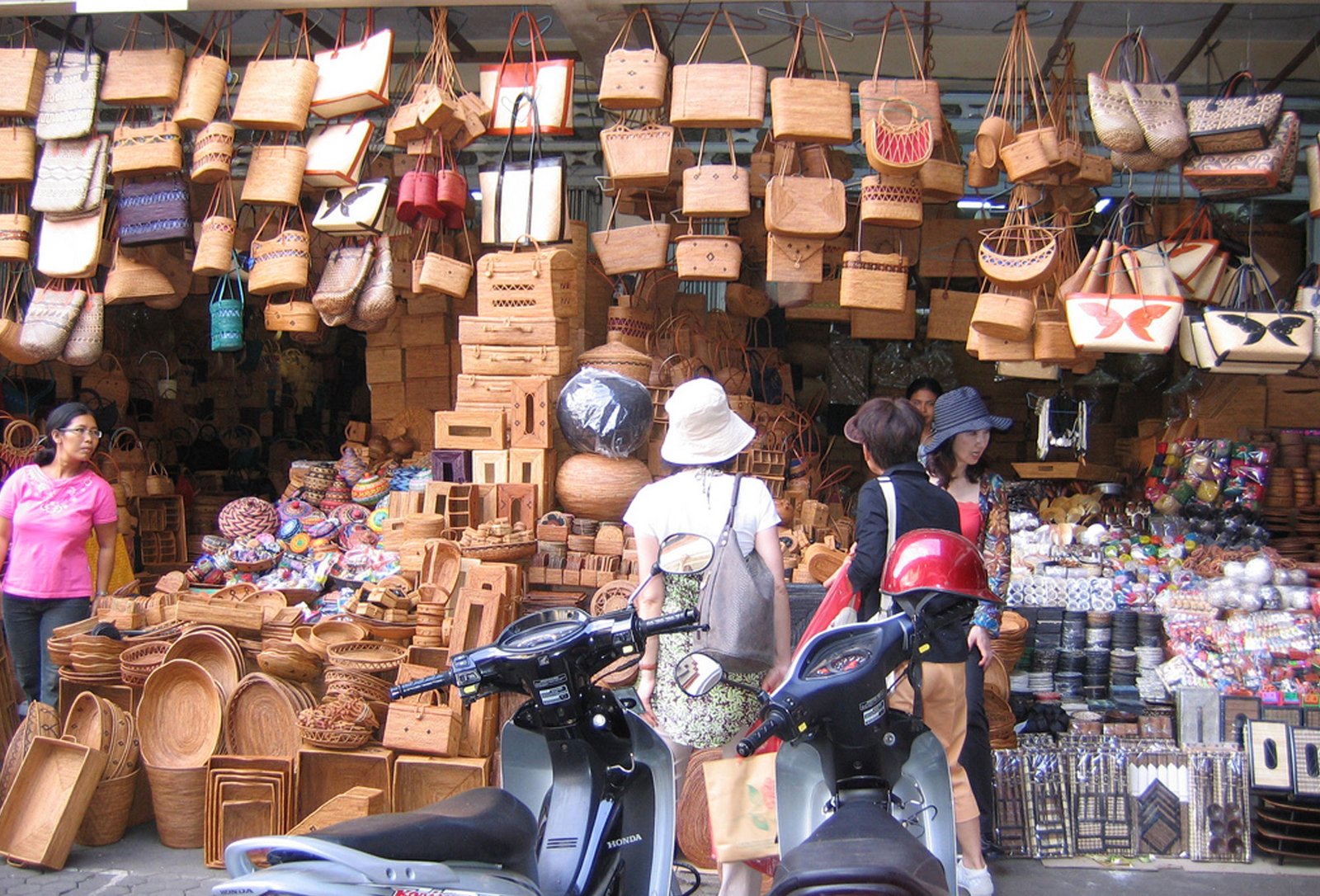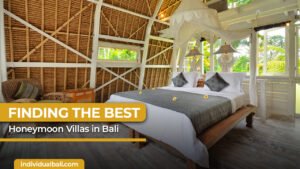Across from the Wos River lies the village of Sukawati. Once the seat of a powerful kingdom and the place water where many of the Peliatan and Ubud aristocracy trace their roots, Sukawati now sports and modern art market along with some of the best dalangs (puppeteers) on the island.
It is said that I Dewa Agung Made Karna, a ruling prince of Sukawati (an extremely powerful kingdom prior to the 20th century) while in meditation, ascended to heaven and saw the celestial nymphs dancing to the accompaniment of divine musicians. Awakening from his meditative state, he created the Legong and music so well-known today. The center for this exquisite dance for two prepubescent girls long ago moved north to Peliatan.
Pewayangan or shadow puppetry, on the other land, still has its center here. Many Balinese feel that shadow puppetry is the most difficult or the art on the island. Aside from having to learn how to manipulate different puppet character, memorize hundreds of stories, sing, cue the musicians, and be able to create a variety of voices, a dalang (puppeteer) must be clean in mind, body and soul. He is akin to a priest in many respects and can even make the holy water so necessary for Balinese ritual (usually reserved for the domain of Brahmana priest). The stories of the wayang kulit are imbedded with innuendo and impart the values of daily life to the audience.
Oftentimes, these dalangs make their own puppets, delicately carved out of buffalo hide and then painted. In the banjar (neighborhood association) behind the food market live a number of dalangs. If you are interested in seeing how the buffalo hide is delicately carved into puppets, stop by the homes of puppeteers I Wayan Wija (just behind the food market) and I Wayan Nartha (just south of the art market on the other side of the street, walk in about 50m/55 yard). Cowhide is also made into dance accouterments in the village of Puaya just north of Sukawati. Take the first left (going towards Batuan) after the Art Market at the police station and follow it for about 1 km (0.5 mile).
It is here that you can view the production of traditional dance costumes-ornamented filigree leather headdresses, gilded clothes and beaded epaulets are just a few of the specialties. Even if you’re not a dancer, it is fascinating to watch the process of the cloth painting. Besides, they make unique gifts. If you’re in the market for dance costumes, you can test the quality by rubbing the painted surfaces together. If it flakes off – don’t but it (but do ask the shopkeeper it it’s alright first!)
The Pasar Seni or Art Market is a two-story building filled to the brim with mainly woodcarving, clotting and knick-knacks although an assortment of thing such as china in drawing, gilded umbrellas, stone statues and bamboo flutes can also be found here. There are varying degrees of quality here but all are much less expensive than at the larger art shops. You may have to dig a bit to find the real gems.

























